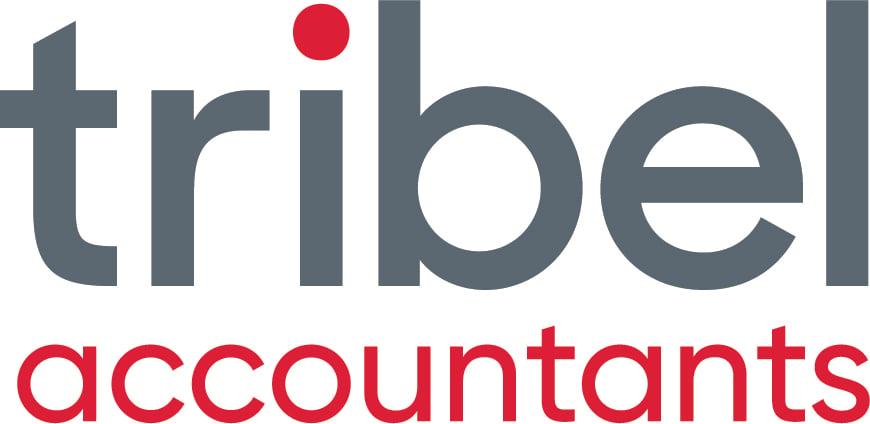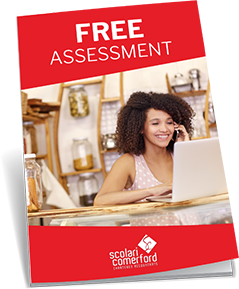INTRODUCTION:
Advising clients on strategy and being their small business advisor, I have always prescribed the view that keeping things as simple as possible makes it much more likely that people will be able to stay focussed. As things become too complicated, it's very easy to lose interest and revert back to the way things were always done even though they weren't actually improving the overall financial position! To that end when it comes to a business plan I have always been big fan of the one page strategic plan.
Gazelles and align.com have a very simple tool on their website which also converts to an app which is very powerful and yet very easy to work through. Going through the following areas will get your business on the right path very quickly. Here is a brief summary of the key components.

Figure 1: A business plan that is working even when you're on Dubbo's magnificent 27 hole championship golf course!
1. What Is The Foundation Of Your Business?
Firstly you need to work out why your business exists (and not just because your small business accountants set it up!). List down your:
- core values - how you deliver solutions, service, product etc and personality and culture;
- purpose - your 'why' and what drives you;
- BHAG - big hairy audacious goal within 10-30 years (think as an example JFK and landing a man on the moon);
- brand promises and their measurement - e.g. speed, consistency etc.

Figure 2: What will the foundation of your business be? Photo courtesy Lara Scolari Gallery Balmain
2. What Are Your Targets In 3-5 Years?
- revenue;
- profitability;
- business growth rate;
- number of locations;
- capabilities - what you have and what you need to change to reach your targets listed.
It's here where you can sit down and work out some projections using three way budgets which will assist you with your cash flow requirements. You should also be able to have an idea on what your range of business valuations will look like if you hit these targets.
3. What Is Your Target In 1 Year?
You have already set your targets for 3-5 years so let's know get specific for the next 12 months for things included in 2 above and key performance indicators such as gross margins, inventory days, debtor days etc. List down your key annual priorities.

Figure 3: Do you have meaningful targets?
4. What Are Your Strengths, Weaknesses, Opportunities & Threats
You will need to list these down as then you can tie these in to your targets or in other words the 'how'. Be honest about your SWOT and do not sugarcoat it but also recognise the things you do well. In terms of numbers you may need your small business accountants Sydney & Dubbo to assist you.
5. What Are Your Quarterly Targets?
Again here is where you are breaking down your annual down to your quarterly. You can see that you started with the bigger picture and now you are working out your 'baby steps'. This will create focus and avoid a business plan that is too vague to be achieved.
6. Have A Quarterly Theme
Each quarter have a theme that will resound with your team and build it around your goals and core values. It is always best to have a reward or celebration if you hit your quarterly targets. It could be something as simple as a day out at the races or maybe a luncheon.

Figure 4: Work through tour business plan with your team for more ownership of where you want the business to go.
CONCLUSION:
If you want success and you want your team to have direction you need a business plan that makes sense and is easy to follow. The one page strategic plan achieves this. The Gazelles system is very powerful and we have used it for many of our clients when acting as their business advisors Sydney & Dubbo.
It has worked brilliantly for us and I'm sure it can work brilliantly for you!


.png?width=100&height=100&name=COVID_Safe_Badge_Digital%20(002).png)




